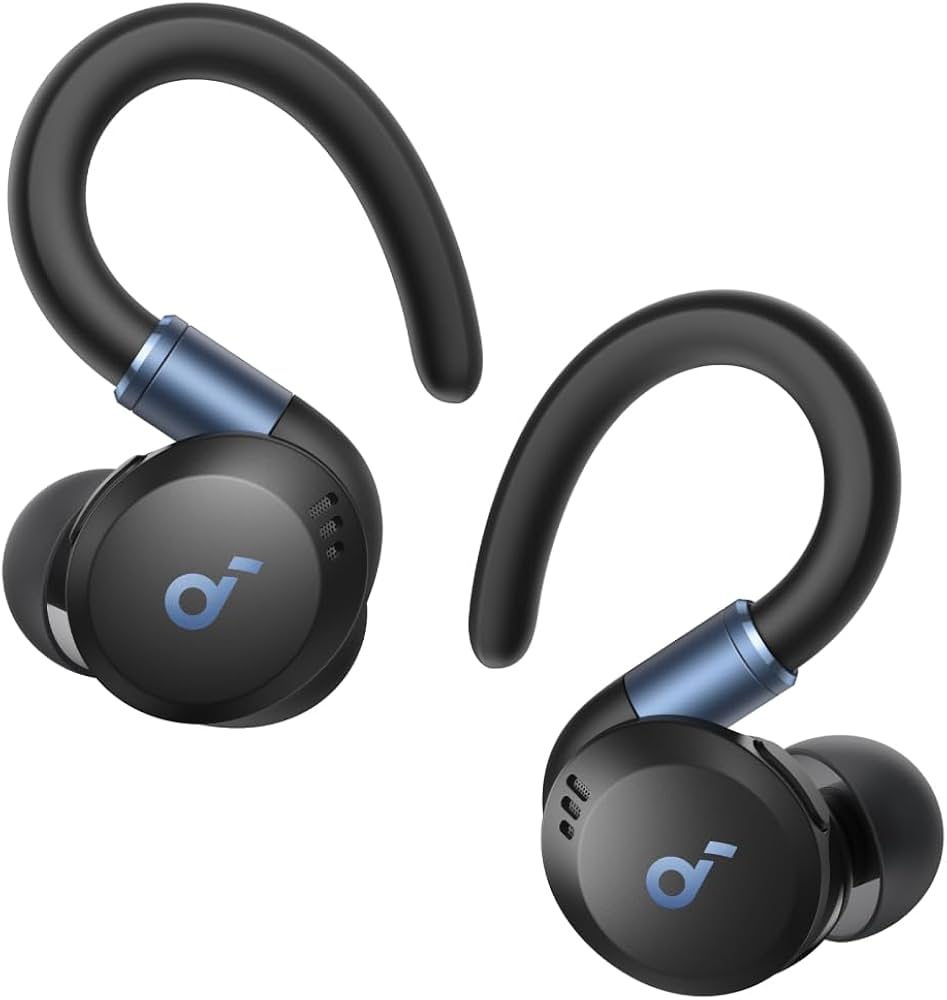

Does rapid charging genuinely damage battery health? Based on these evaluations, no.
Key points to consider:
– A YouTuber conducted a series of three trials over 2 years using 40 smartphones to examine the variations in battery health resulting from different charging practices.
– The evaluations involved comparing rapid and gradual charging, limiting phone charges to 80%, and more.
– The outcome is that rapid charging does not harm battery health, but maintaining a phone charge between 30-80% may enhance long-term battery longevity.
For years, the discussion around the impact of rapid charging on battery health has been ongoing. Ultra-fast charging devices, such as the OnePlus 13, support up to 100W charging with the power adapter included, while most devices from Google and Samsung typically don’t exceed 45W charging for longer than a few minutes, even with a specialized charger.
This has led many to assume that Apple, Google, and Samsung have opted for slower charging to extend battery life over time. A YouTuber, tired of the unfounded arguments, decided to subject 40 phones to a series of three evaluations over two years, ultimately arriving at a single conclusion: “charge however you prefer.”
Watch the video for detailed statistics, but in summary: rapid charging does not adversely affect battery longevity in any significant manner. The automated testing setup he developed charged the phones and then discharged them for over 500 cycles. The main evaluation took more than 6 months to reach the 500 cycle count for all phones, while the other two trials were largely inconclusive due to testing complications.
HTX discovered that Android phones using 120W charging exhibited an average difference of only 0.3% in battery health compared to 18W charging by the end of this 500 cycle evaluation. In other words, it’s much more practical to quickly charge your phone than to stress over a small percentage of battery health decline over time.
A follow-up series of evaluations sought to determine whether keeping your phone between 30-80% could enhance battery health over time. The findings indicated a 2.5% difference in battery health between devices regularly charged to 100% and drained to 0% compared to those maintained in the 30-80% range, providing the latter with the advantage.
Naturally, deliberately restricting your phone’s battery capacity to 50% does not seem entirely logical if you are only benefiting from a 2.5% improvement in battery health over two years. Once again, HTX’s assertion holds true: simply use your phone as you wish. It really doesn’t make much of a difference.